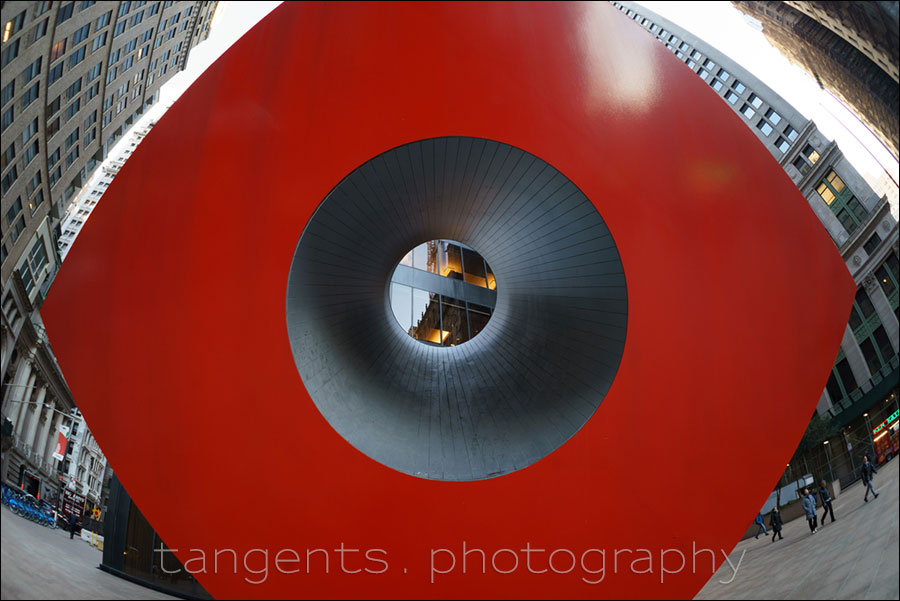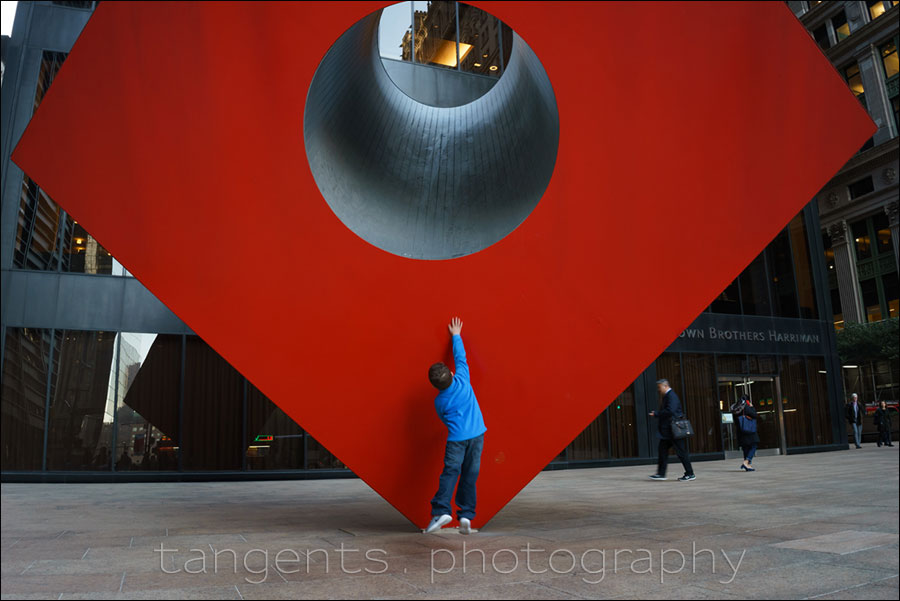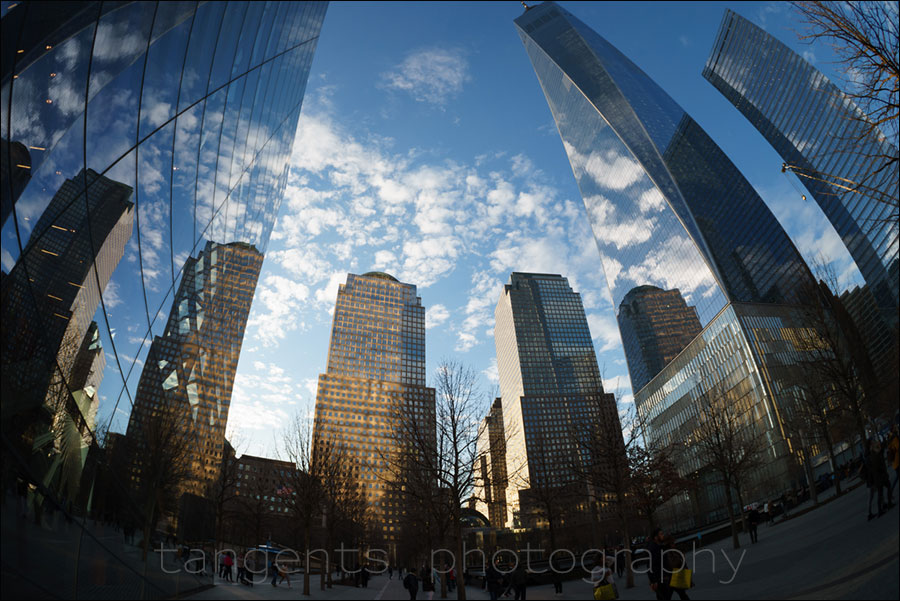
review: Sony 16mm Fisheye Conversion Lens for FE 28mm f/2 Lens
I don’t use a fisheye lens too often – it tends to look gimmicky very quickly. But man, is it fun to pull it out on occasion. Expanding my range of Sony lenses, I noticed this little gem from Sony – the Sony 16mm fisheye conversion lens (B&H / Amazon) which converts the Sony 28mm f/2 lens into a 16mm fisheye. Best of all, it is inexpensive. The big question of course is, how easy is it to use, and how sharp is it? And that’s what we’ll have a look at in this review of the Sony 16mm fisheye lens.
The Sony FE 28mm f/2 lens (B&H / Amazon) is a small, unassuming lens. But like the Sony 85mm f/1.8 lens (review article), it is a stunning little performer. Sony did one better with the 28mm lens, in that they created two conversion lenses that are optically matched, and will deliver the optical performance we’d expect – a 21m lens, and this, the 16mm lens:
– Sony 16mm fisheye conversion lens (B&H / Amazon)
– Sony 21mm fisheye conversion lens (B&H / Amazon)
The 16mm Fisheye conversion Lens for the Sony FE 28mm f/2 lets you expand the 75° angle of view of the 28mm lens, to an angle of view of 180° with the fisheye. This will give you a crazy optical distortion, and let you play creatively with perspective. As this 16mm fisheye converter lens is uniquely compatible with the FE 28mm f/2 lens, it transmits EXIF data through the host lens to the camera.The 16mm fisheye lens provides a maximum aperture of f/3.5 and a minimum focus distance of 8.8″.
To give you an idea of the change in angle of view between the 28mm lens and the 16mm lens, here is the same viewpoint of the famous Red Cube on Broadway in Lower Manhattan:


The 28mm lens gives you the classic wide-angle view of the scene, while the 16mm fisheye lens gets all distorted and funky.

Sharpness of the Sony 16mm fisheye conversion lens
Edge-to-edge sharpness is a not something we would be as specific about as we might be with a lens we use for landscapes and such — but ideally, you don’t want to have a lens that is soft towards the edges and shows optical smearing.
The images is decent enough at f/3.5 but the edges will be soft. By f/5.6 it is more than useable, and by f/8 and f/11 the lens looks really good across the frame.
Below are 100% crops of the left-hand edge of the frame, about a 1/3rd way up from the bottom left corner. Please note, I didn’t use a tripod here, so this wouldn’t be definitive images to get a truly objective idea of the image sharpness of the edge, but it should still give you a really good idea of the image sharpness at the edge of the frame at a few of the apertures. Both f/8 and f/11 look good! But have a look at the RAW files as well in the link above.









The five images above were to perhaps remind you of the fun that can be had with a fish-eye lens. I find that if you work with some kind symmetry in the image, that the fisheye effect works best.
Summary
The Sony 16mm fisheye conversion lens (B&H / Amazon) is an unexpectedly good performer of a lens, especially considering the attractive price.
I tend to be a bit leery of attachments that come after the fact, since the quality is usually a bit dubious. However, Sony clearly had the two conversion lenses in mind when they designed the Sony 28mm f/2 lens. The 16mm fisheye lens fits really nicely to the front of the 28mm lens with a swift bayonet click. It actually feels and handles like a solidly engineered piece of gear, instead of just seeming like an afterthought.
If you have the 28mm lens, I recommend the 16mm fisheye conversion lens, if this kind of look is something you might fancy. Alternately, if you shoot with Sony mirrorless cameras, and are looking for a fisheye lens, this is perfect … and you get a bonus 28mm lens as well!
Related articles
- review: Sony FE 85mm f/1.8 Lens
- review: Sony FE 85mm f/1.4 GM Lens
- More reviews of Sony cameras and lenses
Wow, the Sony 16mm fisheye conversion lens truly adds a whole new level of fun and creativity to my photography!